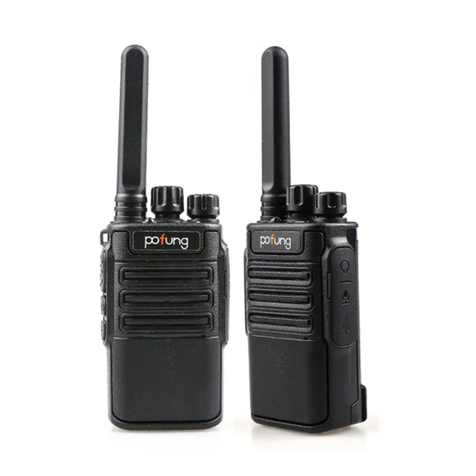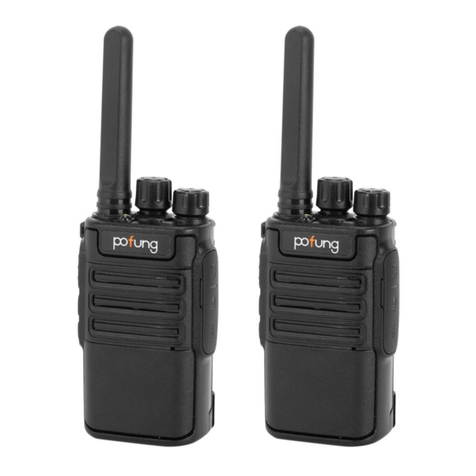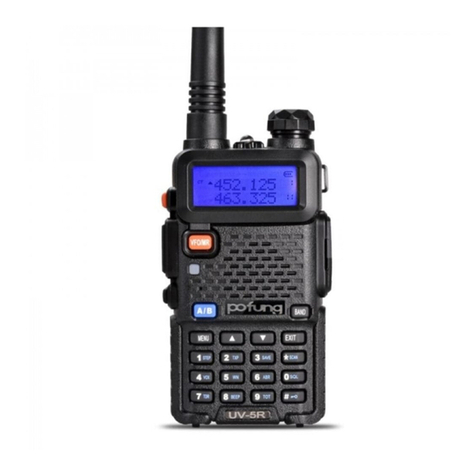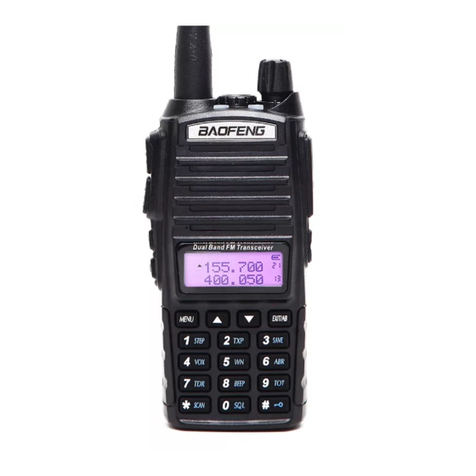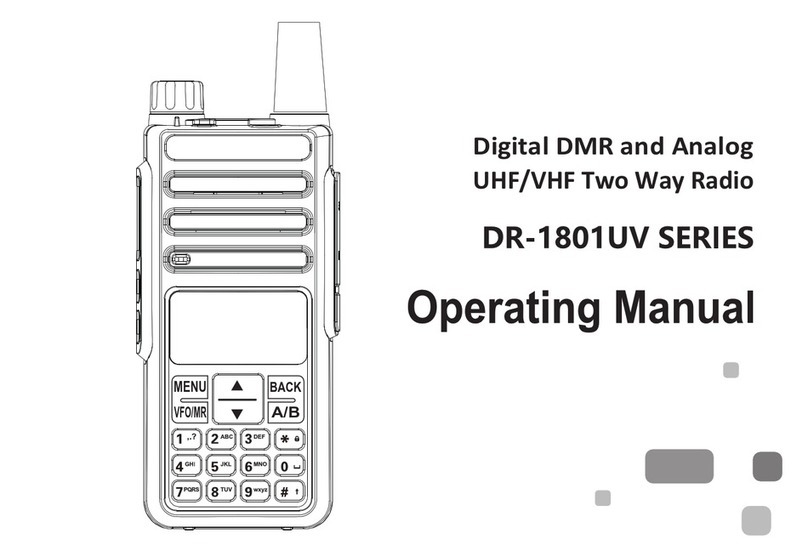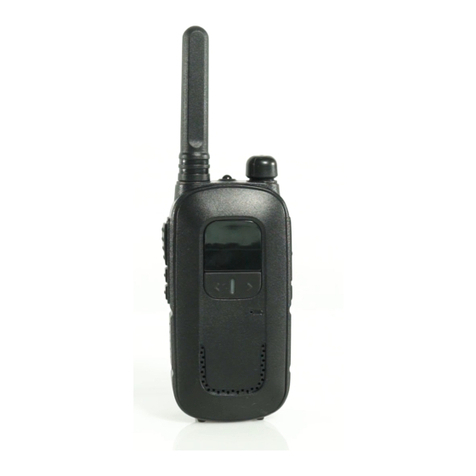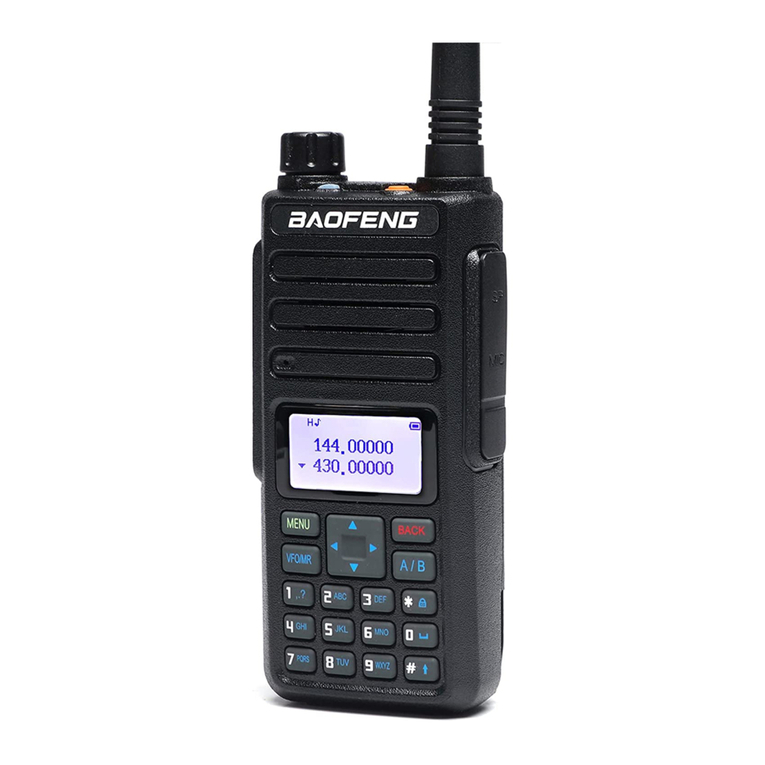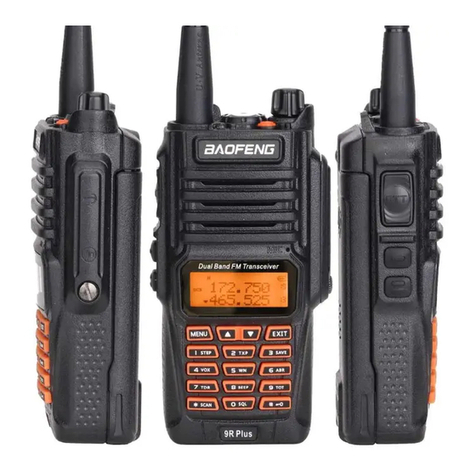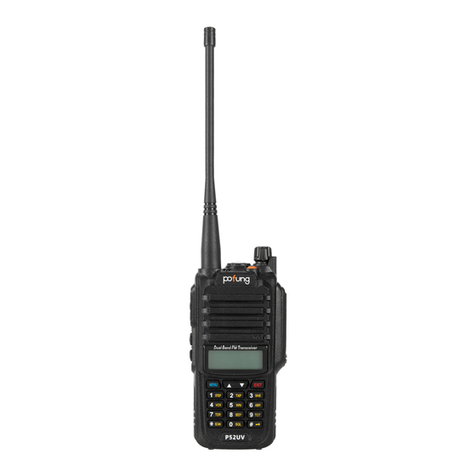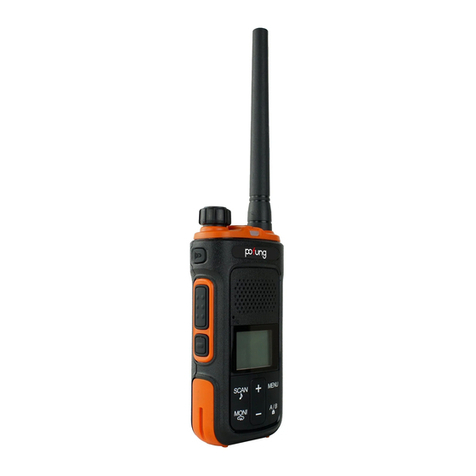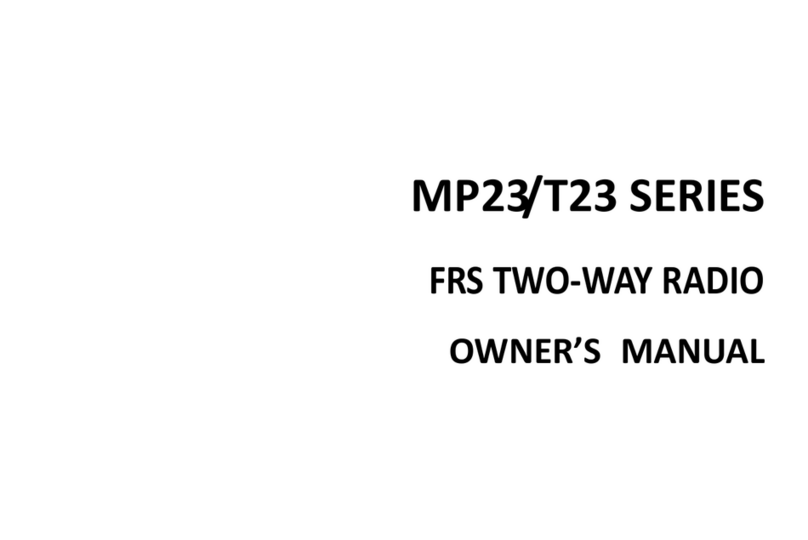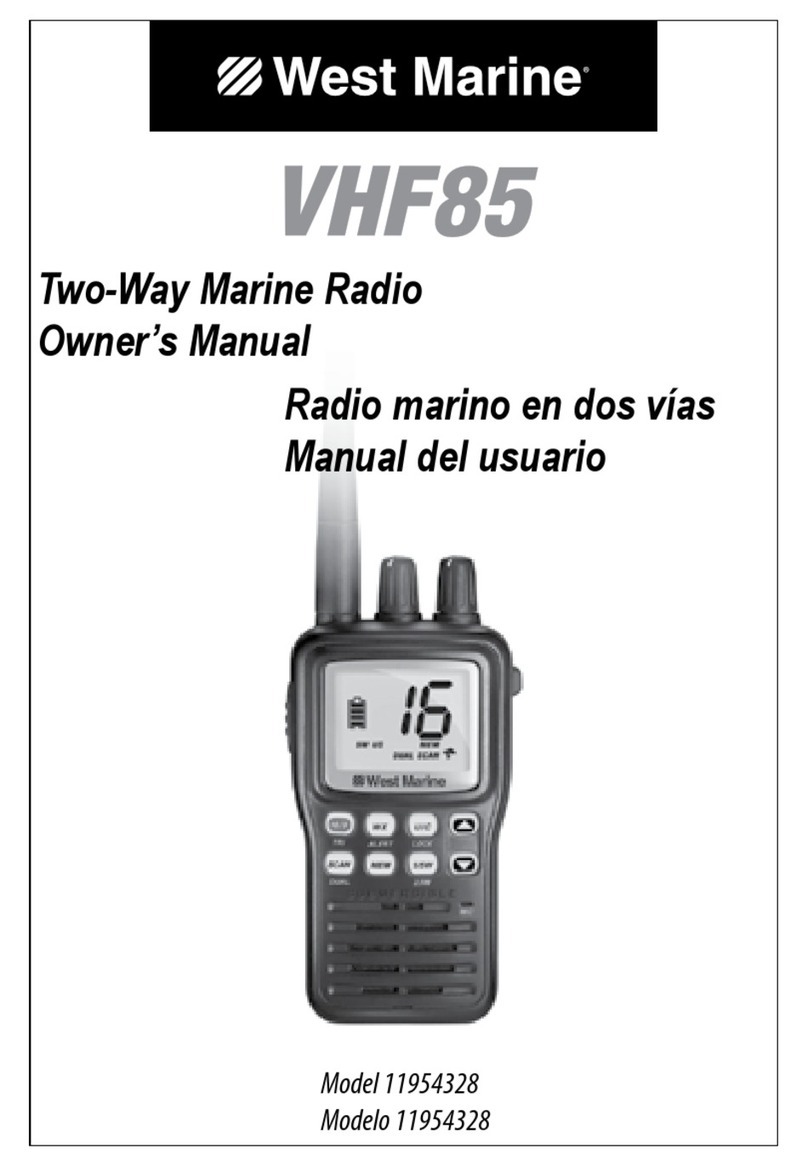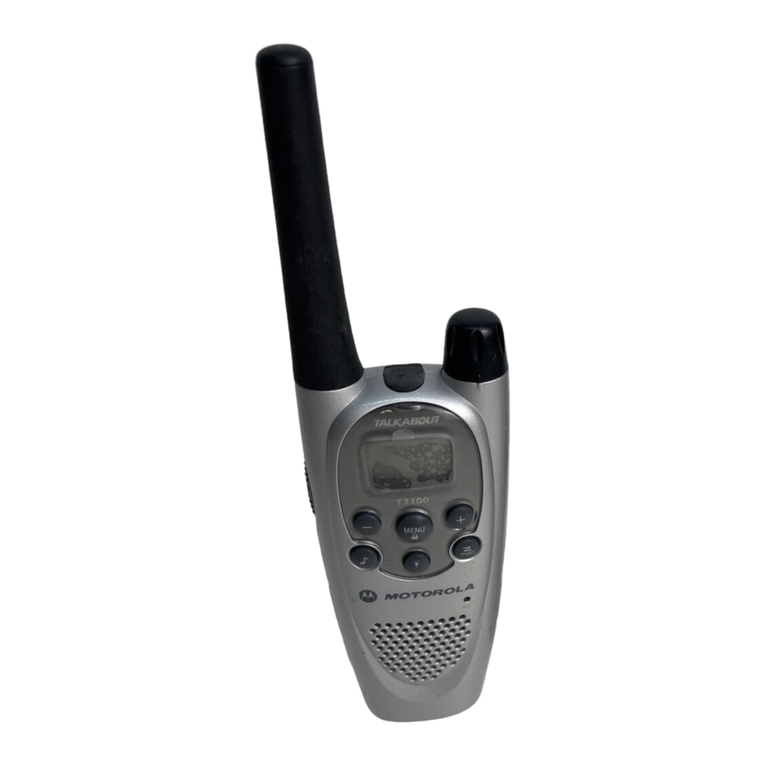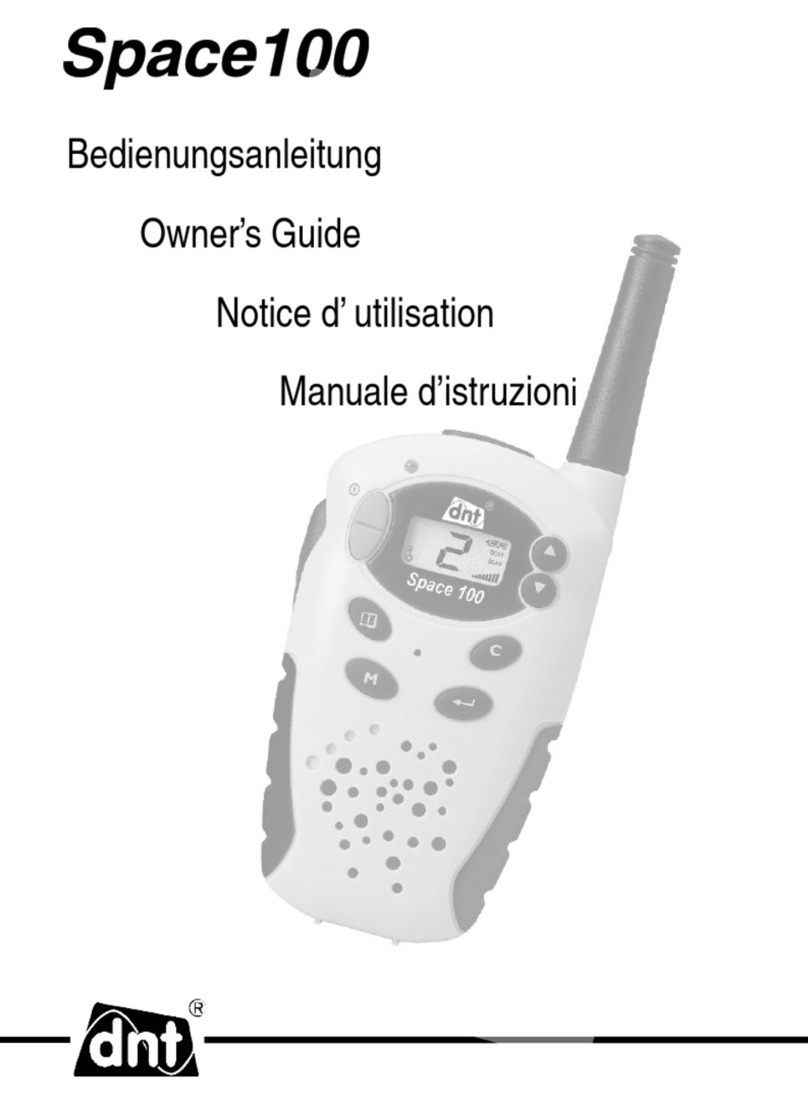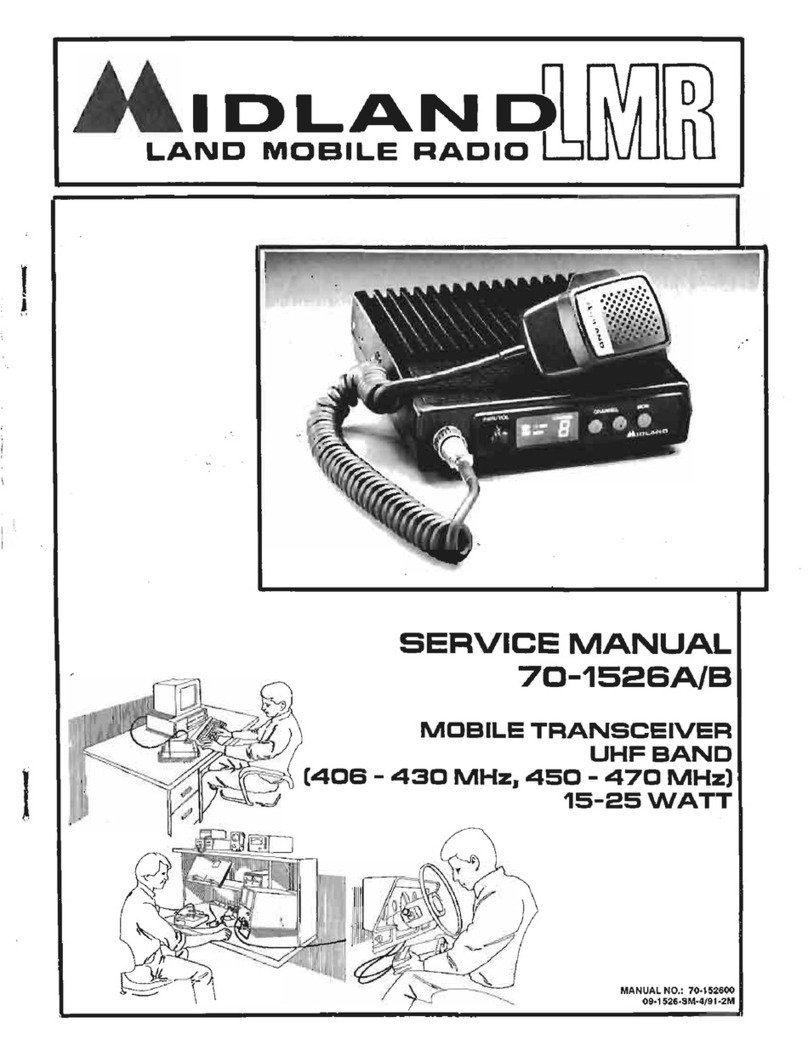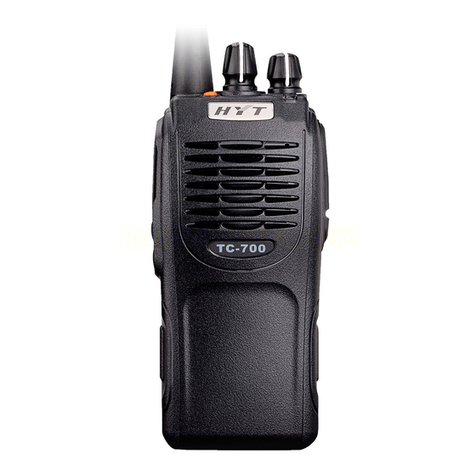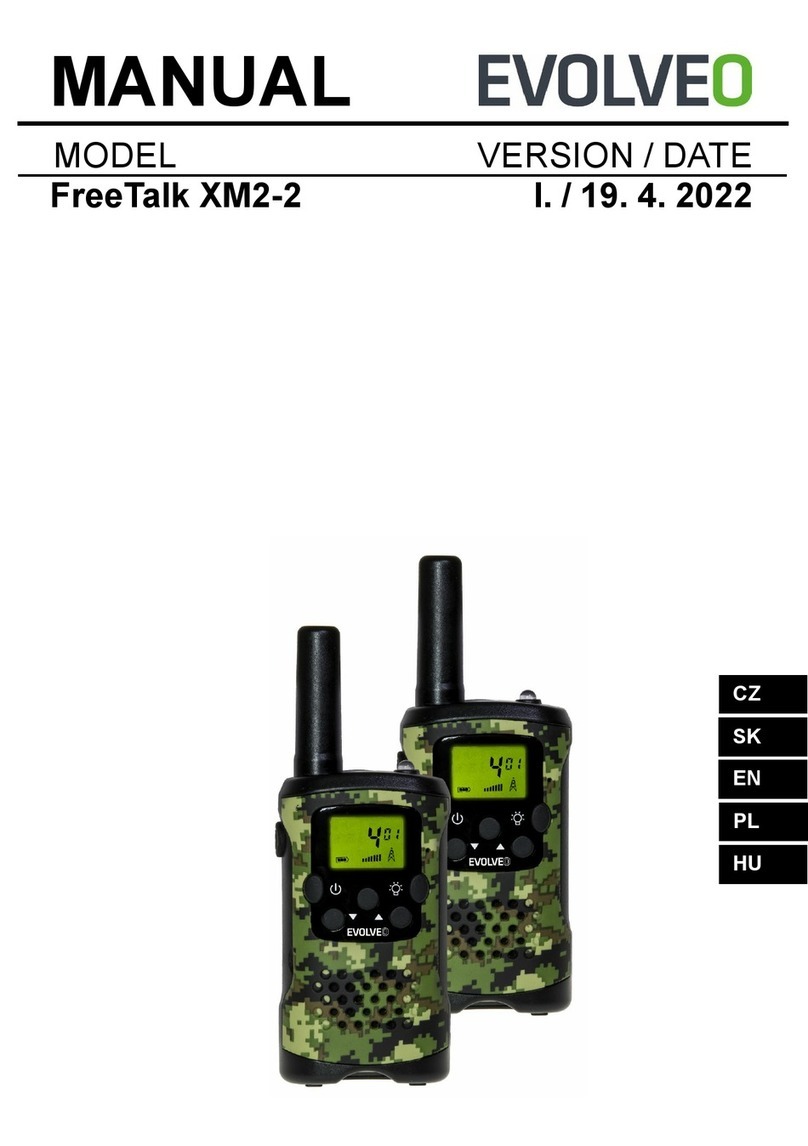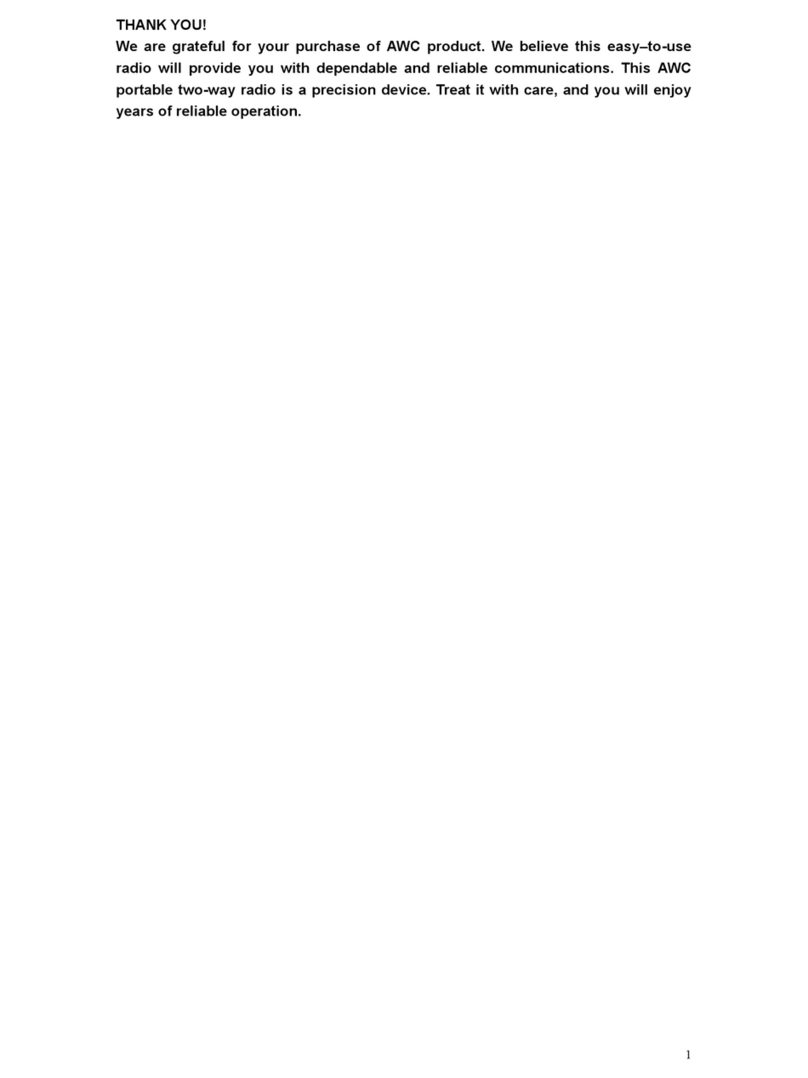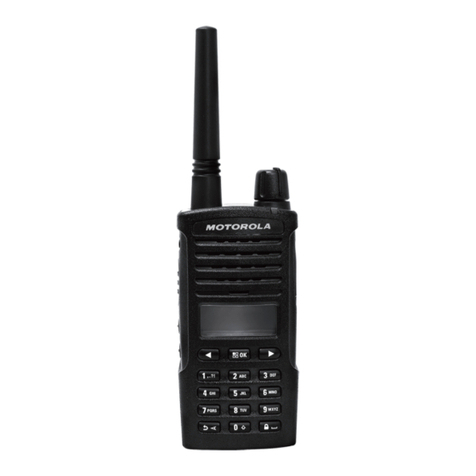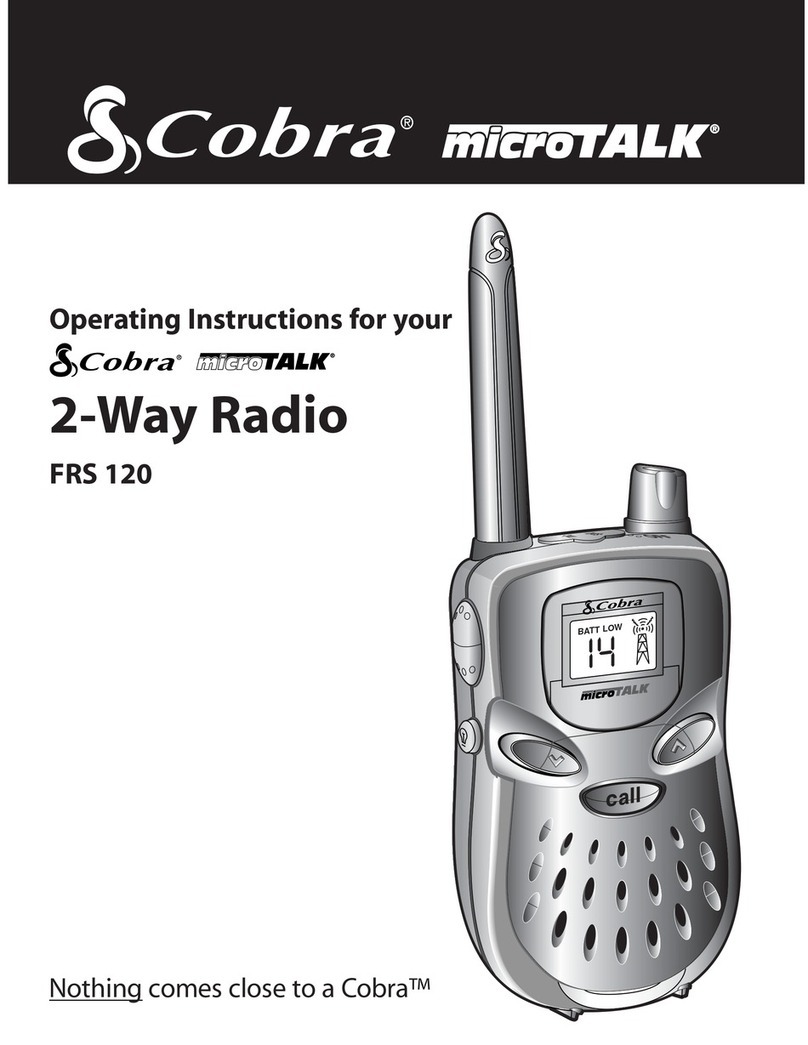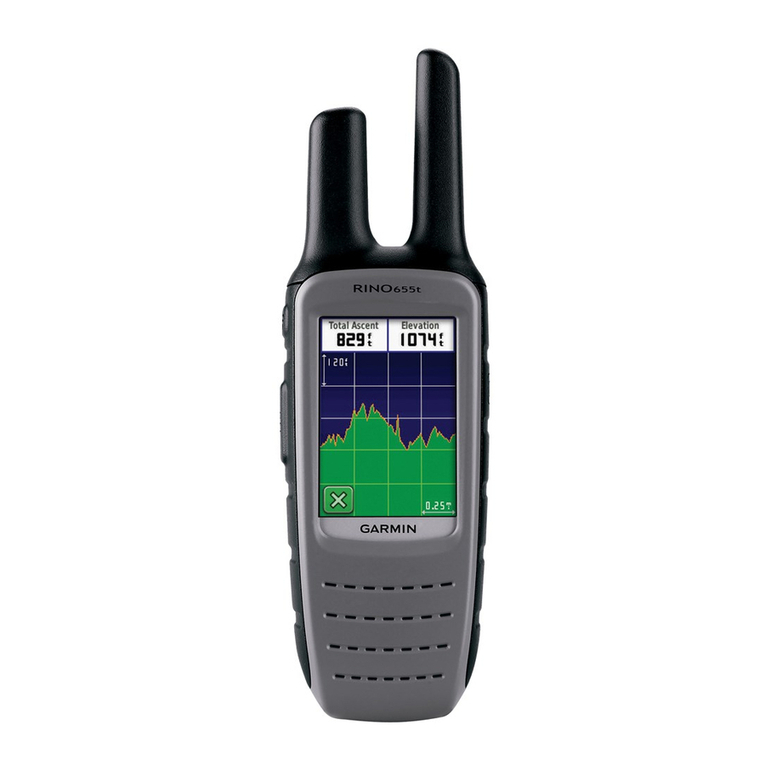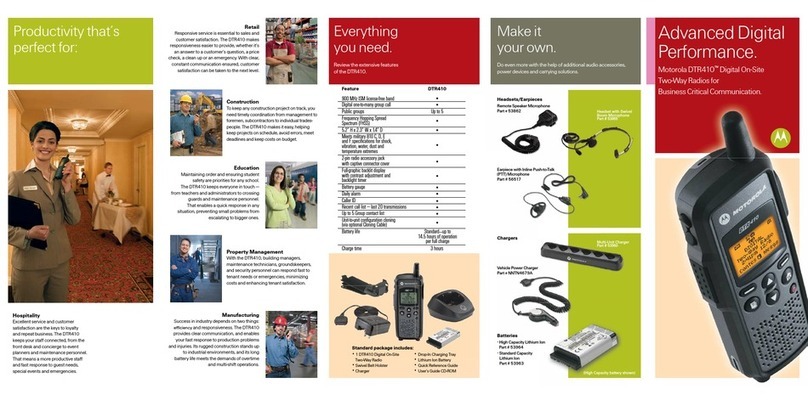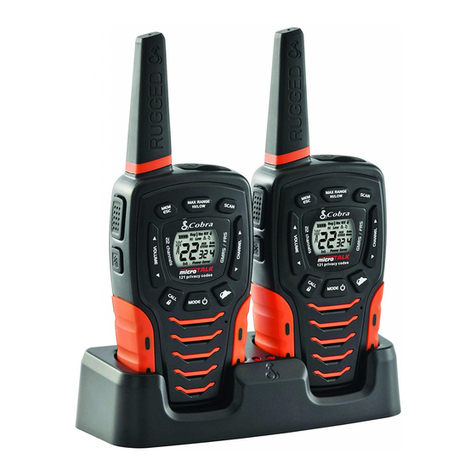
The information listed above provides the user with the information needed to make him or her aware of RF exposure,
and what to do to as-sure that this radio operates with the FCC RF exposure limits of this radio.
Electromagnetic Interference/Compatibility
During transmissions, Our radio generates RF energy that can possibly cause interference with other devices or systems. To
avoid such interference, turn off the radio in areas where signs are posted to do so. DO NOT operate the transmitter in areas
that are sensitive to electromagnetic radiation such as hospitals, aircraft, and blasting sites.
Occupational/Controlled Use
The radio transmitter is used in situations in which persons are exposed as consequence of their employment
provided those persons are fully aware of the potential for exposure and can exercise control over their exposure.
Attention:
This radio complieswith IEEE and ICNIRP exposure limits for occupational/controlled RF exposure emvironment at operating
duty factors of up to 50% and is authorized by the FCC for occupational use only. An appropriate warning lable is affixed to all
units. In order to comply with RF exposure requirements, a minimum distance of 2.5cm must be maintained when
held-to-face, and body-worn operations are restricted to the approved original acessories (belt clip)a inimum distance f 0
m. Do not use this device when antenna shows obvious damages.
This product is compliance to FCC RF Exposure requirements and refers to FCC website
https://apps.fcc.gov/oetcf/eas/reports/GenericSearch.cfm search for FCC ID: 2AJGM-UV5RPRO to gain further information
include SAR Values.
Changes or modifications not expressly approved by the party responsible for compliance could void the user's authority to
operate the equipment.
WARNING! It is up to the user to properly operate this radio transmitter to insure safe operation. Please adhere to the
following:
Use only the supplied or an approved antenna. Unauthorized antennas, modifications, or attachments could impair call
quality, damage the radio, or result in violation of FCC regulations.
